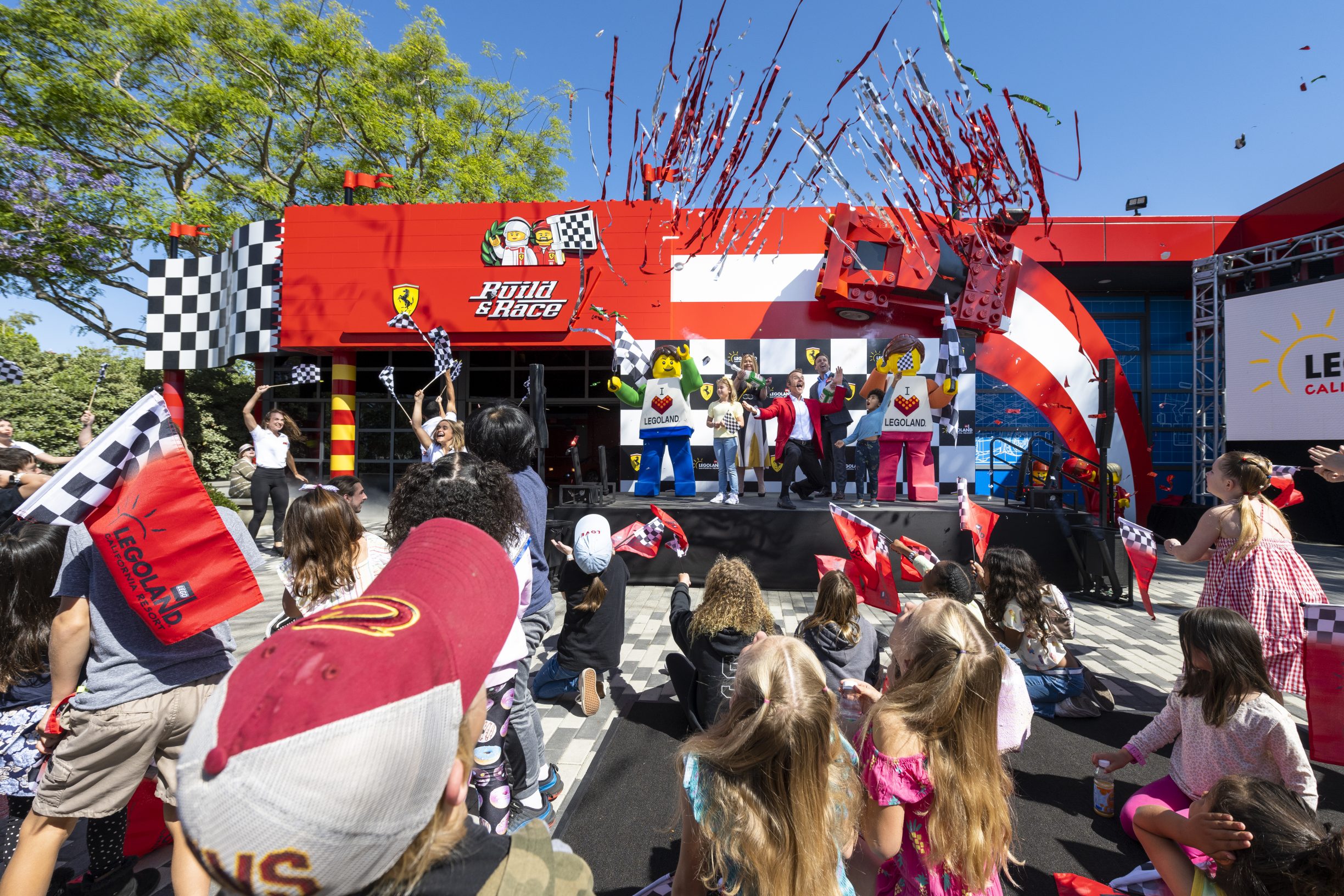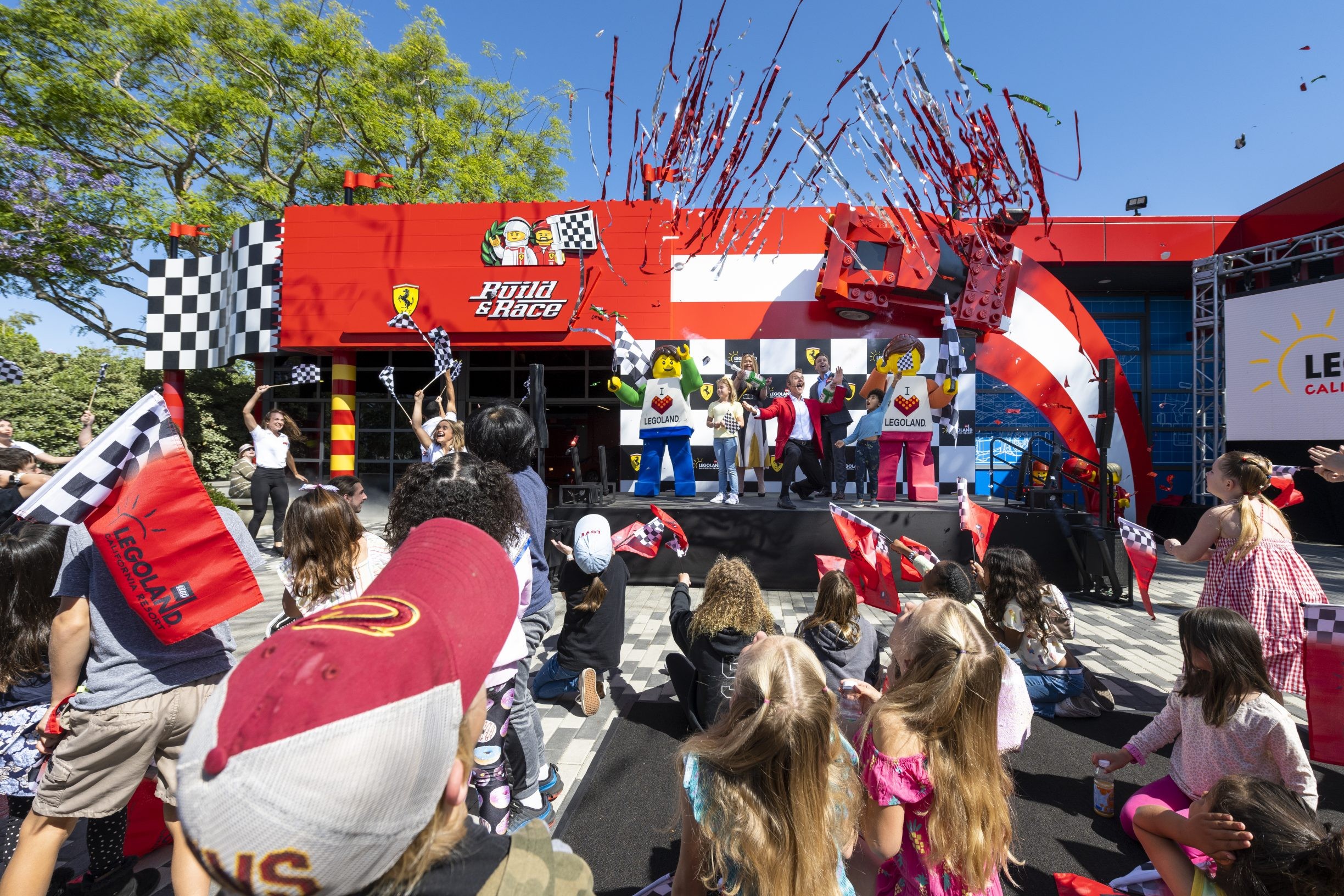Art of Attractions
By Kirsten Nelson


We’re living the dream. Sometimes it might not feel like it, but think about it this way: When things get tough in this tech-enhanced era, we have more opportunities for blissfully immersive escape. Start with your noise-canceling headphones, plug into gaming or movies, log into Discord or Decentraland, and find yourself in a beautiful new reality.
And if you want to go further than your own living room, there are stunning ways to experience otherworldly sensory immersion, right in your own neighborhood. Well, maybe in a neighborhood near you. The options are increasing every day. With destination-making Meow Wolf expanding to more cities and Illuminariums opening in new locations, not to mention the mystical teamLab, ARTECHOUSE, Superblue and future promise of MSG Sphere, along with Van Gogh expos on every corner, demand is growing.
But let’s stop listing the options and get to the big question. Before we embark on building more of these thoroughly modern “attractions,” how can we make sure they make an impact in an increasingly crowded immersive experience landscape? How can interactive media and AV technologies help create something that really resonates on an emotional level, so the crowds keep coming back for more?
Narrative is Everything
First, let’s look at the origin story: Major theme parks. It wasn’t that long ago that slide shows and a canned soundtrack were considered mind-blowing. And they still are, if people use them right — when I visited the Guggenheim Bilbao not long ago, crowds of people in a gigantic darkened gallery were entranced by the methodical clicking of several scattered mechanical slide carousels set to run automatically. Don’t discount the resurgence in the use of actual film cameras when you imagine what audiences of the near future might want to see.
But I digress. The point is, tech alone is not the draw. Story is actually everything. And while the excitement around Meow Wolf and all the new immersive art exhibits is real, there’s something we can learn from the mega theme parks that continue to dazzle decade after decade. Sure, they always use the latest media technologies, but the actual hardware is hidden in the background behind engaging narratives.
That was the first observation I gathered from Chad Hutson, Executive Director at Dimensional Innovations, an award-winning experience design, technology and build firm, when we talked about what makes an attraction successful beyond the novelty phase.
Where the major theme parks have the lead is with their pre-existing “IP” — the beloved characters and narratives that draw people in.
“When guests witness imaginary characters from a book or film talking to them, or are even physically right next to them, that significantly heightens the overall experience in that space,” Hutson says. So the challenge faced by these new venues, which are really more like art galleries that are also somewhat immersive, is in creating that same emotional resonance.
Otherwise it’s just a selfie farm — which is maybe fine for some attractions. But if you want to create something that’s more than a pop-up, think about the visitor journey. One that begins before people arrive. Because as Hutson notes, “As long as there’s a clear expectation that you truly are stepping into what’s more like a next-generation art gallery versus a fun, whimsical narrative experience in a theme park, that helps.”
Set the Scene
So, just like with a lot of things in life and work, it’s all about setting expectations. But how does that work in these out-there experiences? Well, here we turn to museum exhibits for an example.
You know when you arrive and you see a piece of introductory wall text or a short video informing you of the curatorial sweep and sheer majesty of what’s ahead? For these immersive experiences, which often invite people into entirely different worlds, sometimes populated with their own set of characters, it might be valuable to think about starting things off with a bit of explanation.
While some might say it’s fun to simply release people into these spaces and let them explore for themselves, the experience can be more fulfilling if you think about it more from a narrative standpoint. “You want the surprise and delight, but wouldn’t it be so much better if you understood where you were and what that storyline was?” Hutson asks.
The Saga Continues
Once the scene is set for the story that’s about to unfold, the best of these immersive experiences seem to combine theme park excitement with museum narratives. How? They provide a lot of amazing spectacle with options for different levels of engagement. So for a museum visitor who reads every single plaque and goes deep, there’s one story. Or for those who skip around a space, they’re still feeling engaged.
Making these narratives work is the hero moment for AV and experience designers. There’s a definite artistry to keeping the story in the foreground in these tech-centric environments. Especially when projection mapping and large-scale interactive video, lighting and gesture-controlled generative media are very much a part of the picture.
To help people move past all that sparkling visual information and get into their feelings, audio plays a huge role. When we spoke, Hutson had actually recently returned from visiting Meow Wolf’s Convergence Station in Denver, where he made particular note of the impressive sound design and spatial audio effects.
“Audio shouldn’t be ignored,” Hutson emphasizes. Convergence Station was brought to life with all sorts of scene-setting effects that were beautifully placed in the sonic envelope. “There was great care taken to keep any speakers out of sight, and it wasn’t just ambient music being piped through their system — the sound design was spatially mapped so well, it seemed as if objects were flying right past you unseen. Without having immersive audio that not only sounded great but was processed creatively, it could have been a less powerful experience.”
It takes talent to make things look and sound effortless. And as more of these spaces seek to feature local artists’ digital work, those media-wrangling abilities will be even more essential. “There are highly specialized technical skills that are required, and not every locality has such people nearby,” Hutson notes. “Immersive galleries may require a ‘tech support’ team to enable those artists and coach them to make innovative art in these spaces. Someone to say, ‘Here are the right technical guidelines such as projection maps and video file types; make something with these in mind and we’ll help truly bring it to life in this immersive environment.’’”
Which might be the perfect conclusion to this narrative. If technologists can help artists realize their vision so the effect is more evocative, then actually, these venues might be on the way to creating their own IP. Popular shows, works and even characters can be brought back again and again, in a new type of immersive media repertory that will keep these attractions going strong.
LEGO, the LEGO logo, the Brick and Knob configurations, the Minifigure and LEGOLAND are trademarks of the LEGO Group. ©2022 The LEGO Group. LEGOLAND CALIFORNIA RESORT AND SEA LIFE ARE APART OF THE MERLIN ENTERTAINMENTS GROUP.
Stay up to date with the Dante Journal
* indicates required fields




